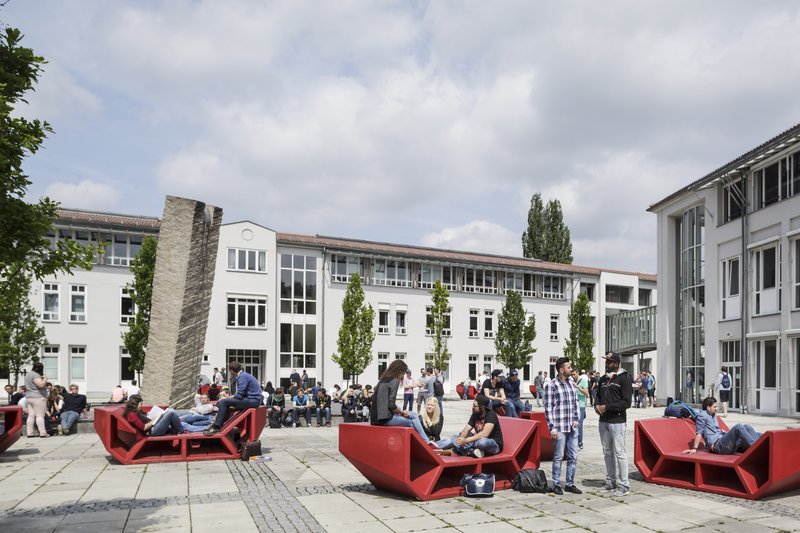In order to improve the capacity of regions to innovate, to reinforce collaboration between research institutions and companies and to deepen technology transfer, each year the EU makes financial resources available as part of various funding programmes. Researchers thus could apply for funding for excellent research and innovation proposals. Last year, universities in Bavaria once again succeeded in achieving an outstanding result in terms of the EU funding they won. Together the Bavarian universities of applied sciences and institutes of technology received a total of over 33 million euros in 2018. Landshut University of Applied Sciences is in first place here with a total volume received exceeding 2.6 million.
Quality of research proposals
Prof. Holger Timinger, Vice President for Research and Transfer at Landshut University of Applied Sciences, is pleased with the excellent result: “The amount of funding illustrates the high quality of our projects and demonstrates that Landshut University of Applied Sciences is assuming a prominent position in research across Bavaria.” The EU funding comes from three areas: research and development (R&D) programmes, the EU Erasmus+ education programme and structural funds. Landshut University of Applied Sciences was able to attract the most finance from the latter in particular.
Financing of research projects
These structural funds include interregional cooperation programmes such as Interreg or the European Regional Development Fund (ERDF). The funds from them flowed into numerous research and transfer projects conducted by Landshut University of Applied Sciences such as striving for a scientific platform for joint research in the field of flow batteries (Project FSTORE) or developing an optimised procedure for dealing with sewage sludge (Project greenIKK). Other examples include developing a cross-national platform for battery research in conjunction with the University of Applied Sciences Upper Austria in Wels (Project CompStor), setting up a cross-border research and development centre for lightweight construction with the University of Salzburg (Project nano to macro), as well as a competence network for intelligent production logistics and an Industry 4.0 knowledge offensive for medium-sized enterprises, which focus on transfer solutions for businesses.
Ministry recognition
The Bavarian Ministry of State was also pleased with the good figures: “The Ministry of State for Science and the Arts congratulates the Bavarian universities on another outstanding result, which can be regarded as proof of high performance capability both in terms of the universities and their excellent researchers, as well as with regard to Bavaria overall as a location for science,” stated the principal Dr. Andrea Siems in a letter to the universities.

